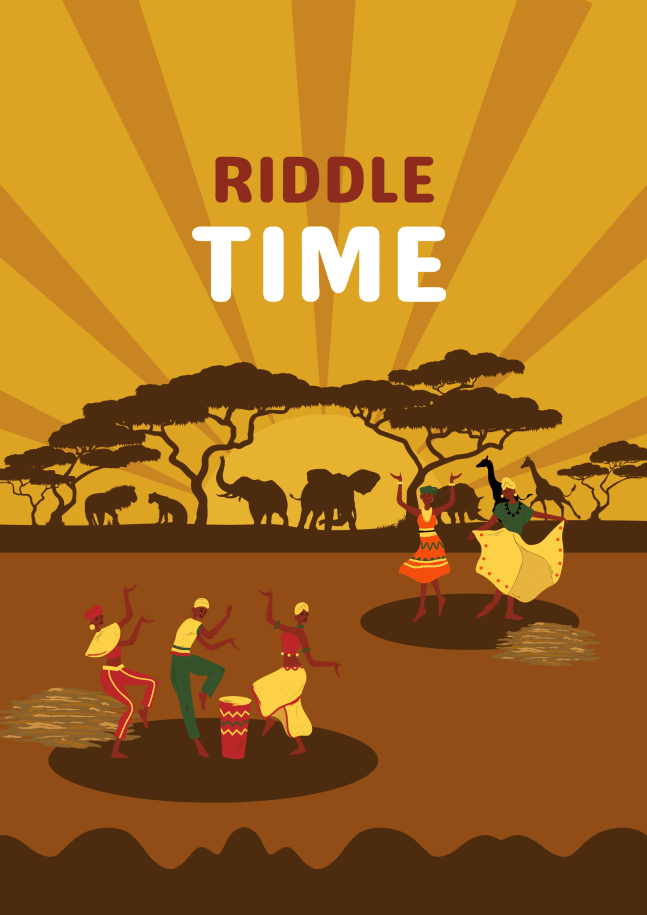Piles of corpses still lay on the streets decomposing and being eaten by dogs.
Some of the victims could not trace the bodies of their relatives since they had been buried in mass graves.
The aftermath of the war was dire. More than 1000 people lost their lives to this unnecessary and selfish clash. Majority of the victims? The residents of Kisangani town, a mineral-rich area in Eastern DRCongo.
This was a war in a war!
Let me take you back to the genesis.
In 1997, Laurent-Désiré Kabila became the president of DRC after he overthrew the then-president, dictator Mobuto Seseseko, with the help of the Rwandese and Ugandan forces.
However, it did not take long for tension to start rising between Kabila and the Rwandese and Ugandan forces.
The presence of foreign forces in the capital, Kinshasa, did not sit well with many Congolese. They felt like Kabila was a puppet being controlled by the foreign powers.
Realizing this, Kabila took a decisive decision. He thanked them for their help in taking over power, but let them know that it was time for them to head back home.
The message was not well received in Kampala and Kigali. They took it as betrayal and immediately started conspiring, waiting for an opportunity to pounce.
Did You know?
London's famed double-decker buses are made in Cairo, Egypt and exported to the United Kingdom.
And this marked the beginning of the Second Congo War (War of Africa), the deadliest war in the world since world war II. A war that would lead to the death of millions of people and the displacement of even more.
The opportunity would soon come in the form of Rally for Congolese Democracy (RCD), a rebel group in Goma, mostly made of the Banyamulengee, Tutsis living in DRC.
It was payback time!
Considering how vast DRC is and the fact that Kabila's young government was still struggling to get on its feet, they had no control over the country's east.
Rwanda and Uganda quickly backed RCD, and within a short time, the rebel group came to dominate the mineral-rich eastern region.
Kabila realizing the chase game being played, immediately sought the help of SADC and other African countries.
Six countries heed the call; Zimbabwe, Namibia, Angola, Chad, Sudan and Libya. They would save Kabila from the imminent ouster.
As the war between the RCD and Kabila's led government forces is ongoing, tension is also simmering inside RCD itself. The factions supported by Rwanda and Uganda are not seeing eye to eye.
The tension between the two rebel groups reached a boiling point in April 1999 when the groups clashed in Kisanagani, leaving lots of casualties in the process.
The two would continue clashing occasionally throughout the rest of 1999 to mid-2000, but the \"six day war\", was the the most lethal.
The war that began on Monday, 5th June, ended on 10th June when the Rwandan-backed forces drove the Ugandan-backed troops out of Kisangani in a fierce seven-hour battle.
The war to control Kisangani left in its wake lots of victims, deaths and not to mention the property and other resources that were destroyed.
Why did they clash?
According to the Internation Crisis Group report, it was a result of the differences over the \"objective\" and strategies during the war.
What were these differing objectives?
Did it have to do with the resources in the region?
In 2005, the International Court of Justice (ICJ), following a complaint by DRC, found Uganda guilty of looting, plundering and exploitation. Uganda was ordered to pay a total of $325 million as war reparations to DRC.
In 2006, The ICJ also said it had no power to adjudicate in a DRC complaint against Rwanda because Rwanda does not recognize the jurisdiction of the court.
Other than the compensation, the survivors of the six-day war are still hoping the perpetrators of the crimes will be condemned and prosecuted.
23 years later and neither of the two countries has offered an apology to the victims.
Fun Fact
Kenya is Africa’s largest producer of geothermal energy.
or
The highest population of hippos in the world is in Zambia, with 40 000 hippos.
Language Learning Tip
Listen to music and learn the lyrics.
Singing brings a natural flow to words, aiding in accurate pronunciation and making language learning more enjoyable. Moreover, music offers a direct connection to the culture, enhancing your overall learning experience.
Join the Lughayangu Community!

